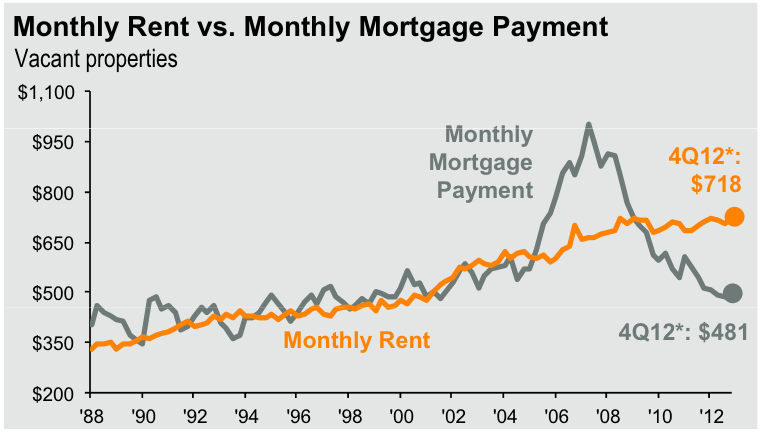Living paycheck to paycheck can be incredibly stressful, especially when students have to start paying for things themselves. The cost of rent and food are taken for granted when living with parents or guardians who cover these basic costs of living growing up.
Then when they suddenly have the opportunity to move into a house off campus with a bunch of their friends their junior year at Pacific Lutheran University, suddenly the responsibility for these basic needs falls on them. A backup savings account for unexpected expenses that the paycheck doesn’t cover provides a nice safety net.
It can be hard to start saving money in college since it is hard enough to work part-time to barely cover these costs while going to school full time, so relying on parents or working more may be the only options while in school. But as soon as students leave school to join the workforce it is imperative that they start saving because having that little extra cushion will make life much easier.
Starting to save is the hardest part. According to a Huffington Post article, the median annual income for recent graduates is now $46,412, or about $3,868 per month. After 25 percent goes to taxes, an average of $700 for rent and an average of $287 per month on food, according to http://www.loweryourspending.com, there is still $1,914 of disposable income that each person must decide what to do with.
It may be tempting to take all of the money and go buy a bunch of new toys like a big flat screen television, a PlayStation 3 and Grand Theft Auto V, but resisting the temptation and putting $200, just over 10 percent of the remaining take-home pay for the average recent college graduate, into savings can prevent a lot of headaches in the future, or even grant a person millionaire status come retirement time.
Let’s look at two recent graduates, Tom and Lisa who are both 22 years old. Lisa decides to start saving for retirement right out of college and Tom decides to wait a few years and buy a brand new BMW first. Lisa starts putting $200 a month into an individual retirement account (IRA) for a total of $2400 a year for the first five years, and when Tom starts saving in year six he does the same.
The chart shows what will happen to both accounts over a 45 year period of steady monthly deposits of $200 and an assumed annual interest rate of 8%. Lisa comes out with a balance of about $967,500, nearly a millionaire. Tom, however, ends up with a balance of about $648,500, a sizeable amount still but $319,000 less than Lisa simply because he started saving five years after she did. When he started he was only $14,900 behind, but the magic that is compound interest made the gap significantly wider 40 years later.
This story illustrates two key points: the earlier a person starts saving the better and it is never too late to start saving. Ten percent is a relatively small amount of a person’s disposable income, and making larger deposits will only make the ending figure more impressive. For example, $500 monthly deposits, just over the 25 percent mark, for 45 years will lead to an ending balance of over $2.4 million. Sounds like enough for all that travelling which was put off while climbing the corporate ladder, with plenty leftover to live comfortably on a day-to-day basis.
Long story short: start saving sooner, retire sooner and with more money. Next time an opportunity arises for a big shopping spree, think about putting some of the money into savings account instead. Future you will appreciate the thought.




















